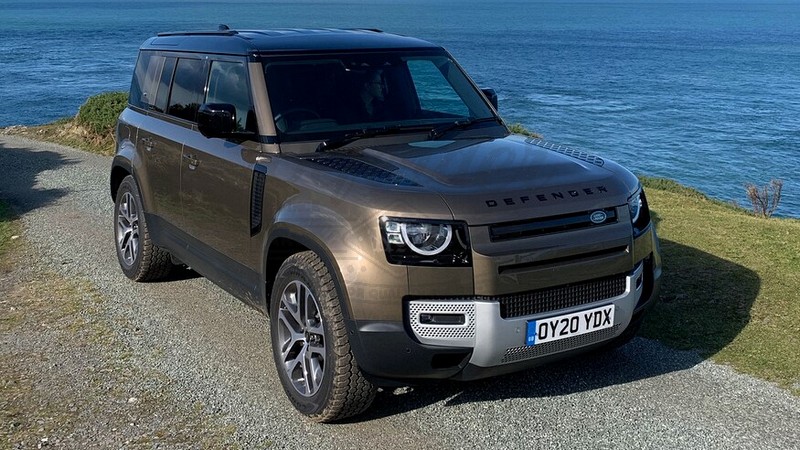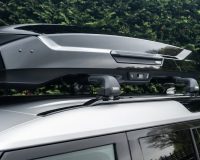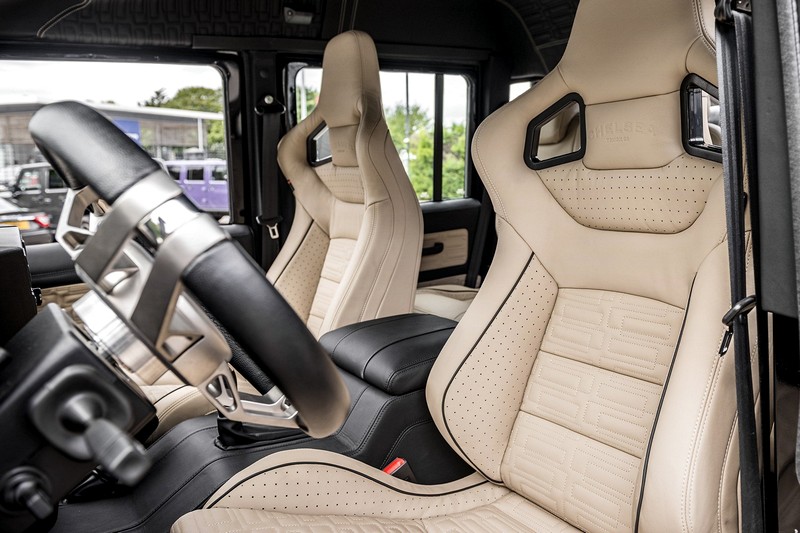Does a diesel engine make the new Defender even more desirable?
There is no diesel-powered Defender in the U.S. lineup, so the Land Rover Defender 110 D240 is forbidden fruit for Americans. It’s also a rare beast: You can’t order one anymore, even in its home market.
After less than a year on the market, the Defender’s 2.0-liter turbodiesel I-4 powertrain—available in both 197-hp and 237-hp tune—has been replaced by Jaguar Land Rover’s new 3.0-liter twin-turbodiesel mild-hybrid inline-six oil-burner, tuned to deliver 197 hp, 247 hp, or 296 hp, depending on how much you want to spend. But as the mild-hybrid six-cylinder diesel has yet to officially hit the road in the Defender (the new engine has just made its debut in the flagship Land Rover Range Rover), the Defender 110 D240 is all we have to answer the question: Does a diesel engine make the new Defender even more desirable?
Torque and fuel efficiency are a diesel engine’s strong points, and both are desirable characteristics in an off-road-capable SUV weighing more than 5,100 pounds. But as we found while testing the 2020 Jeep Wrangler Unlimited Rubicon EcoDiesel, there are some downsides, too.
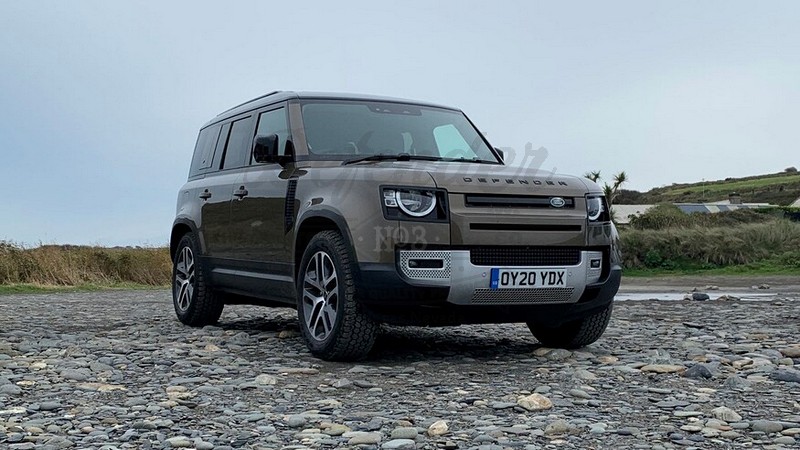
The Land Rover Defender is of course MotorTrend’s 2021 SUV of the Year, and deservedly so. As we’ve discovered, after driving it in Africa, Europe, and the U.S., the Defender’s ride and handling, comfort and refinement—on and off the road—set new benchmarks for a seriously off-road-capable 4×4. In terms of all-round usability and go-anywhere drivability, it’s the pick of the current Land Rover lineup, and that includes the high-zoot Range Rovers. OK, you don’t get the glamor of a Rangie, nor—for now—the option of a high-performance V-8 engine. But the utilitarian luxury of the Defender seems appropriately on point in these troubled times.
In D240 spec, the 2.0-liter diesel four delivers 237 hp at 4,000 rpm and 317 lb-ft of torque at 1,400 rpm. That torque peak is almost midrange in a low-revving diesel, which is why our highly optioned Gondwana Stone 110 D240 S felt a little leisurely pulling away from a standstill. JLR’s own figures suggest a 0 to 60 mph acceleration time of 8.7 seconds and a top speed of 117 mph.
Although the Defender 110 D240 will happily cruise the freeway at 80 to 85 mph, the little engine murmuring throatily in the background, the 2.0-liter gasoline turbocharged I-4 in the Defender 110 P300 delivers better performance. It boasts 59 more horses than the little diesel—296 hp at 5,500 rpm—yet, crucially, produces just 7 percent less torque—295 lb-ft from as little as 1,500 rpm. According to JLR, the 110 P300 is a whole second quicker to 60 mph than the D240-powered model, and 2 miles per hour faster.
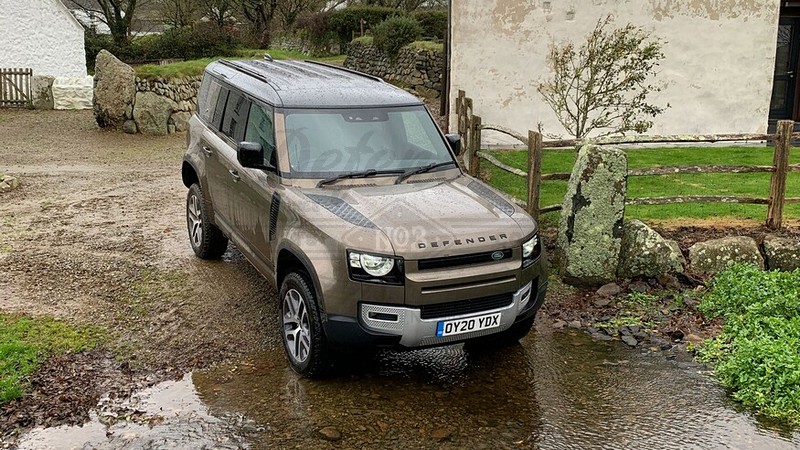
Where the D240 powertrain makes its strongest case over the P300 is in terms of efficiency. Official EPA numbers show the Defender 110 P300 returning 17/20/18 mpg city/highway/combined. Over a 530-mile stint that included mooching along narrow country lanes in Wales at 20-30 mph, extended freeway cruising at 70-80 mph, and grinding through stop-start London traffic, the Defender 110 D240 S returned an average of 24 mpg.
Does a diesel engine make the new Defender more desirable? On the basis of our time in the 110 D240, no. Sure, it’s more economical than the gas-powered P300. But it’s significantly slower.
The new six-cylinder diesel might change that verdict, though. On paper it’s a very compelling powertrain. In top-spec Defender D300 tune it produces 296 hp at 4,000 rpm and—more important—a meaty 480 lb-ft of torque from 1,500 rpm to 2,500 rpm. That’s 24 percent less power than the 3.0-liter gasoline mild-hybrid super- and turbocharged inline-six that currently powers top-spec Defender P400s in the U.S. but 18 percent more torque.
JLR’s own performance figures claim the Defender D300 engine delivers a 0 to 60 mph acceleration time of 6.7 seconds in the 110, neatly splitting the 110 P400’s 5.8 seconds and the 110 P300’s 7.7 seconds. And, according to the European WLTP combined fuel consumption numbers, it does that while being 28 percent and 33 percent more fuel efficient, respectively, than either gas engine. (The 2.0-liter engine has to work hard in the 110—even the U.S. EPA numbers show the bigger, more powerful six-cylinder has the same city fuel consumption as the little four-banger, and better highway mileage.)
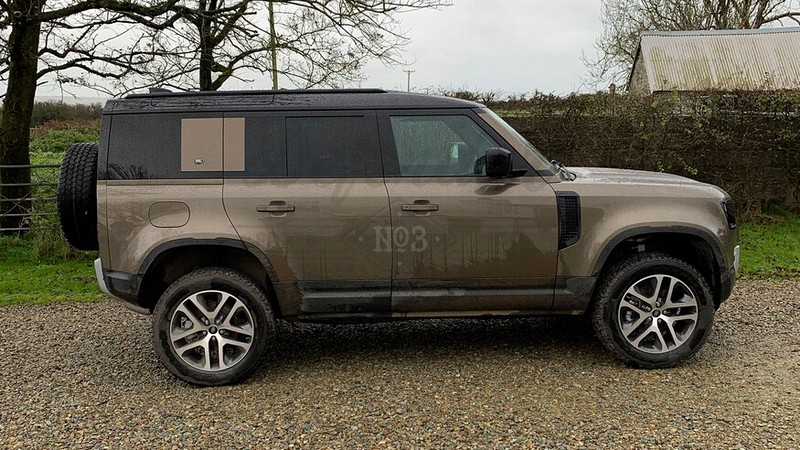
Of course, there’s a price to pay: U.K. buyers have to order the SE trim level to get the D300 powertrain, but the increase in price from a Defender 110 P300 SE to a 110 D300 SE is only 6.9 percent, less than the 9.3 percent price differential in the U.S. between a 110 P400 SE and a 110 P300 S optioned up with similar equipment.
Offering good performance and impressive efficiency at a competitive price point, the D300-spec diesel looks, on paper, to be the best of all worlds. Is it the engine that makes this brilliant Land Rover even more desirable? We’ll let you know once we’ve driven a Defender 110 D300.
| 2020 Land Rover Defender 110 D240 | |
| PRICE | $75,000 (UK) |
| LAYOUT | Front-engine, 4WD, 5-, 6-, or 7-pass, 4-door SUV |
| ENGINE | 2.0L/237-hp/317-lb-ft turbo-diesel DOHC 16-valve I-4 |
| TRANSMISSION | 8-speed auto |
| CURB WEIGHT | 5,150-5,250 lb (mfr) |
| WHEELBASE | 119.0 in |
| L x W x H | 187.3 x 78.6 x 77.4 in |
| 0-60 MPH | 8.7 sec (mfr est) |
| EPA FUEL ECON | Not rated |
| ON SALE IN USA | Never |
PHOTO GALLERY
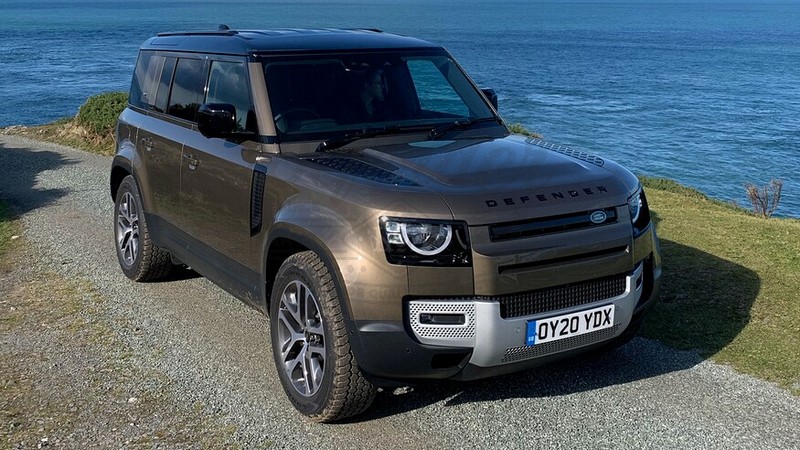
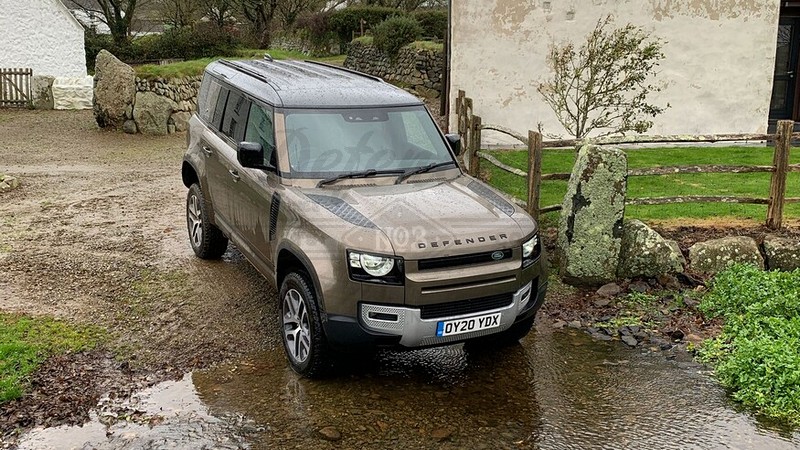
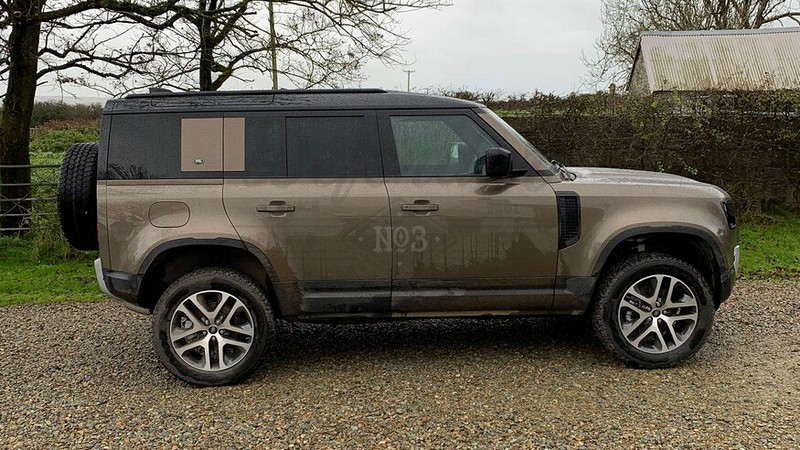
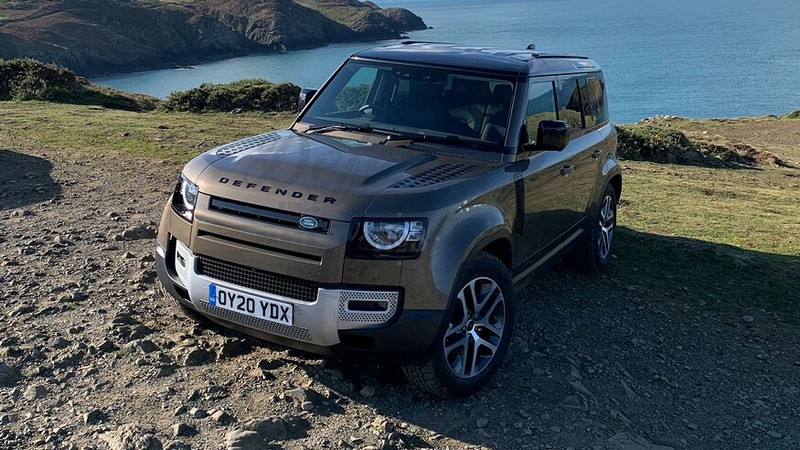
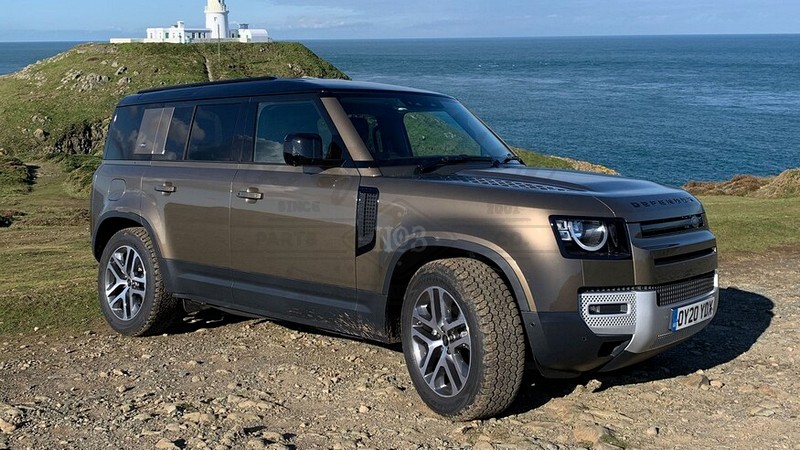
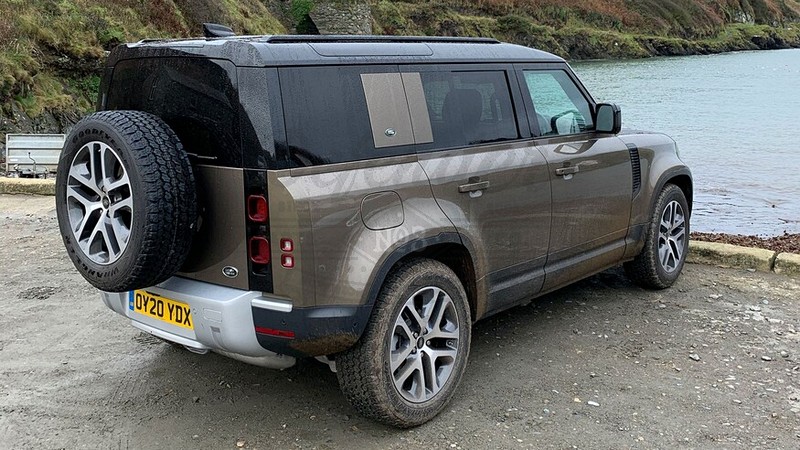
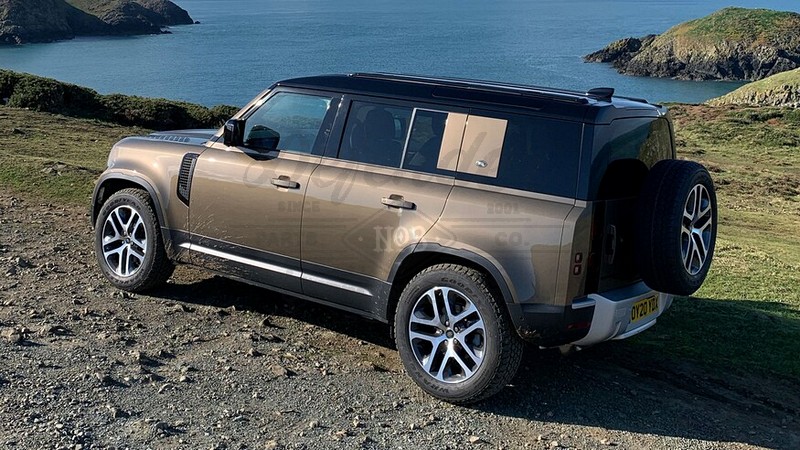
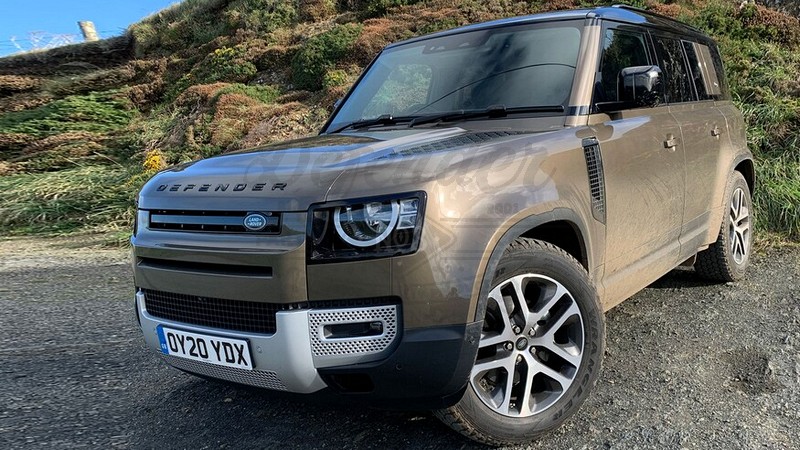
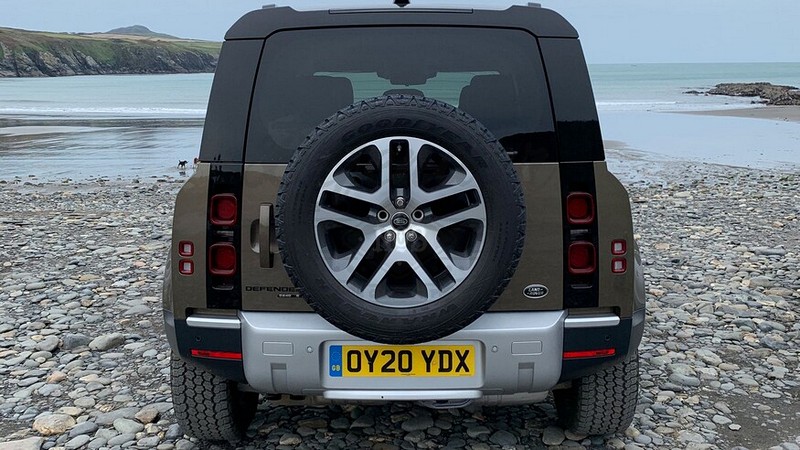
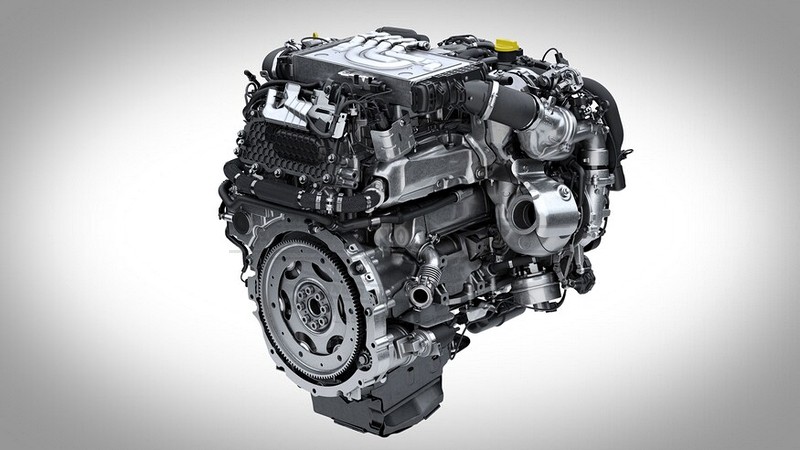
Article Credit: Angus MacKenzie
Full Article: https://www.motortrend.com/news/2021-land-rover-defender-110-d240-first-drive-review-photos/

